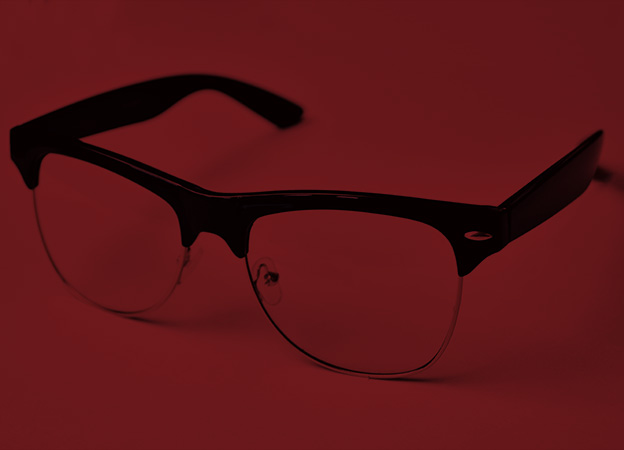Bifocal Lenses at Wise Eyes Optical
Presbyopia and Bifocals
Bifocals are eyeglass lenses with two different optical powers of correction. Most commonly, they are prescribed for those with presbyopia in addition to nearsightedness, farsightedness, and or/ astigmatism. Presbyopia commonly occurs with age, mainly affecting those over the age of 40 and resulting in a diminished ability to clearly focus on things up close. The condition worsens with age, as the corneas lose more and more of their flexibility.
Presbyopia is a normal part of the aging process; however, it results in troubling symptoms including headaches, eyestrain, and the inability to read print up close. It can and should be corrected with prescription lenses. Bifocal lenses have been in use since the time of Benjamin Franklin and have been providing those with “short arms” much welcome relief from this troubling condition.
Bifocals are also sometimes prescribed to correct myopia in children, as well as those with eye teaming and other visual focusing/refractive issues. Some types of bifocal lenses are also used as a specialized visual tool for occasional wear in certain fields of work and for hobbyists, including mechanics, producers who must read from screens at varying distances, golfers, and those who work with fine materials.
What Are Bifocals?
Bifocal lenses typically include a clearly demarcated D-shaped segment toward the bottom half of the lens. While the entirety of the lens corrects any other visual disturbance, this magnifying section offers an enhanced view of items when held within normal viewing distance. The magnifying section may also be rounded, ribbon-shaped, or the “executive” style classic Franklin lens. When looking down to read, for example, an ingredient list or text message, the fine print comes into view and is easily read without the assistance of a magnifying glass, separate reading glasses, or other visual assistance devices. Due to the superior functionality and effortless manner of use, bifocals have been an extremely popular choice since they were first invented in the 1700s.
Bifocals, Trifocals, and Progressive Lenses: The Choice is Yours
When choosing between available options to correct presbyopia, bifocals, trifocals, and progressive lenses are all options you may be considering. Bifocals are the design of choice for those who prefer superior, wide angle magnification without limitation in the general field of view corrected by the lenses. If you must see clearly up-close, as well as intermediate and distance range, trifocals may be your best option. Progressive lenses are designed to offer continuous correction across a varying range. If your eye doctor has prescribed multifocal lenses, Wise Eyes Optical offers many options for crisp, clear vision in your new eyewear.
Get a complete set of eyeglasses for


